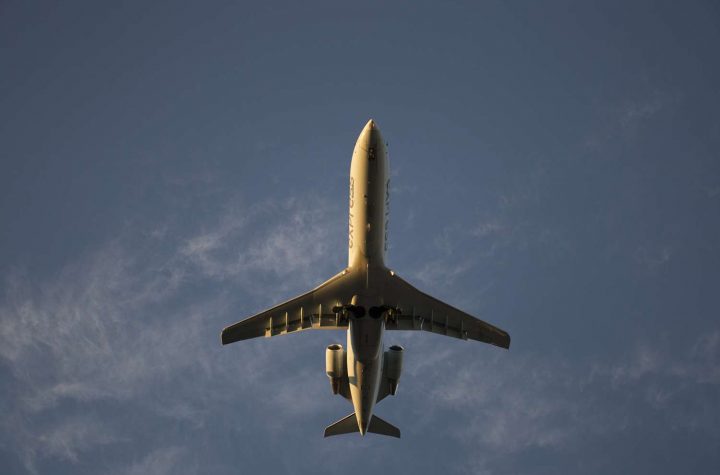- This topic is empty.
-
AuthorPosts
-
2024-10-17 at 2:19 pm #81690
Packaging plays a crucial role in protecting and preserving products, enhancing their visual appeal, and facilitating efficient distribution. However, determining the best shape for packaging can be a complex task, as it involves considering various factors such as functionality, aesthetics, cost-effectiveness, and environmental sustainability. In this forum post, we will delve into the depths of packaging design and explore the optimal shape that meets these criteria.
1. Functionality:
When it comes to packaging, functionality is of utmost importance. The shape should be tailored to fit the product securely, preventing damage during transportation and storage. Additionally, it should facilitate easy handling and stacking, optimizing space utilization. Research suggests that rectangular or cuboid packaging shapes are often preferred due to their stability and efficient use of space.2. Aesthetics:
In today’s competitive market, packaging serves as a powerful marketing tool. The shape of the packaging can significantly impact the product’s visual appeal and brand recognition. Curved or irregular shapes can evoke emotions, create a unique identity, and differentiate the product from competitors. However, it is essential to strike a balance between aesthetics and functionality to ensure practicality and cost-effectiveness.3. Cost-effectiveness:
Packaging costs can significantly impact a company’s bottom line. The shape of the packaging should be designed to minimize material usage while maintaining structural integrity. Simple geometric shapes, such as rectangles or squares, are often more cost-effective due to their ease of manufacturing and reduced material waste. However, innovative designs that optimize material usage, such as tetrahedrons or hexagons, can also be considered.4. Environmental Sustainability:
In recent years, there has been a growing emphasis on sustainable packaging solutions. The shape of the packaging can contribute to reducing environmental impact. Compact shapes that minimize the use of excess materials and maximize space efficiency can help reduce waste and transportation emissions. Additionally, considering recyclability and using eco-friendly materials further enhances the sustainability of packaging.Conclusion:
In conclusion, determining the best shape for packaging requires a careful analysis of functionality, aesthetics, cost-effectiveness, and environmental sustainability. While rectangular or cuboid shapes offer stability and efficient space utilization, innovative and unique shapes can enhance visual appeal and brand recognition. Ultimately, the optimal shape will depend on the specific product, target market, and company objectives. By considering these factors, businesses can design packaging that not only protects and preserves their products but also resonates with consumers and aligns with sustainable practices. -
AuthorPosts
- You must be logged in to reply to this topic.


